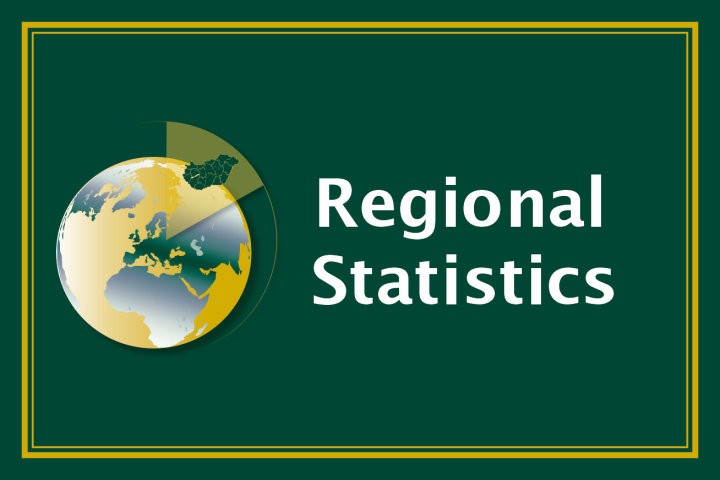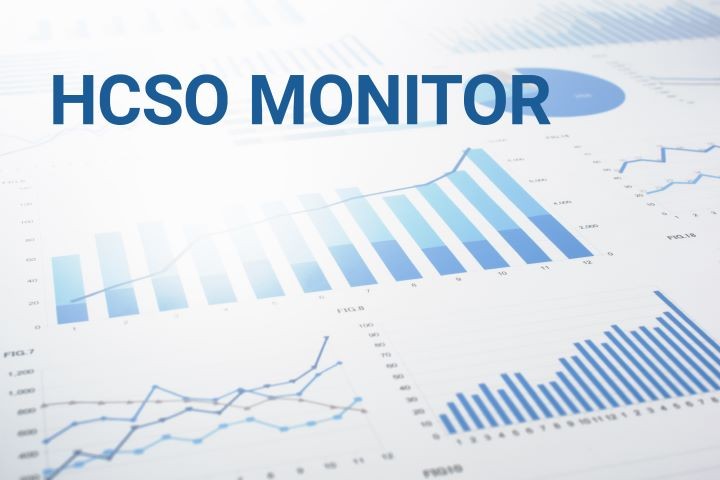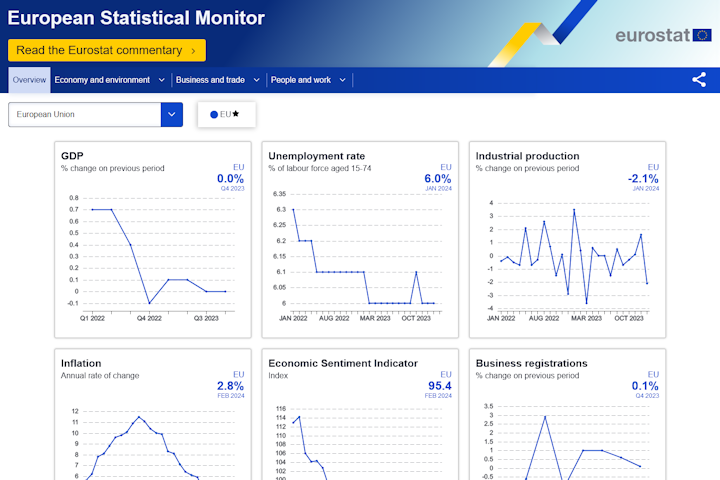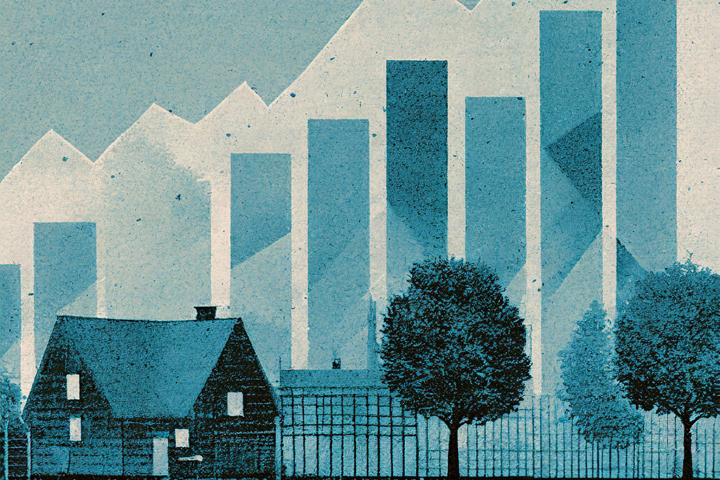Key figures
Inflation
Indicator description
Average change in the prices of goods and services purchased by households for own use, compared to the same period of the previous year. The consumer price index less 100 equals the inflation rate.
Source:
Summary tables (STADAT)
Latest data: February 2025
GDP
Indicator description
Gross domestic product is the sum of gross value added produced by industries or sectors, valued at basic prices, and of the balance of taxes and subsidies on products, which cannot be divided by industry or sector, less financial intermediation services not divided by industry or sector. GDP volume change compared to the same period of the previous year is presented based on unadjusted data.
Source:
Summary tables (STADAT)
Latest data: Q4 2024
Adjusted population
Indicator description
The full-scope censuses conducted every ten years show a comprehensive picture of the number and composition of the population. For determining the annual population number in the period between two censuses, the starting point is the population number of the last census (currently the census with the reference date of 1 October 2022), and from this, the population was estimated by using natural increase or decrease data available from the statistics of vital events until 2000. From 2001 international migration is also taken into account.
Source:
Summary tables (STADAT)
Latest data: 2025
Unemployment rate
Indicator description
The ratio of unemployed persons to the economically active population of corresponding age. The indicator can be calculated for different age groups, the default is the age group 15–74. Further selected age groups: 15–24, 25–54, 55–74.
Source:
Summary tables (STADAT)
Latest data: February 2025
Employment rate
Indicator description
The ratio of employed persons to the population of corresponding age. The indicator can be calculated for different age groups, the default is the age group 15–64. Further selected age groups: 15–24, 25–54, 55–64 and 20–64.
Source:
Summary tables (STADAT)
Latest data: February 2025
Industrial production
Indicator description
We measure changes of industrial production by variations of industrial production values, however the impact of price change is filtered out. We calculate the volume index of production based on comparative prices data of the industrial production value (presented at reference period price levels).
Source:
Summary tables (STADAT)
Latest data: January 2025
Featured
First releases
News, events
- The role of artificial intelligence in data-driven decision-making – Government Commissioner consultation at the HCSO, 19/03/2025
- Time-use survey is drawing to its close – About 40 thousand people have been called upon to complete the survey, with 7 April as deadline, 13/03/2025
- HCSO publishes February motor fuel price statistics, 07/03/2025
- Regular international comparative analyses – HCSO launches a new analytical series, 06/03/2025
- Machine learning for understanding economic growth and development, 06/03/2025









